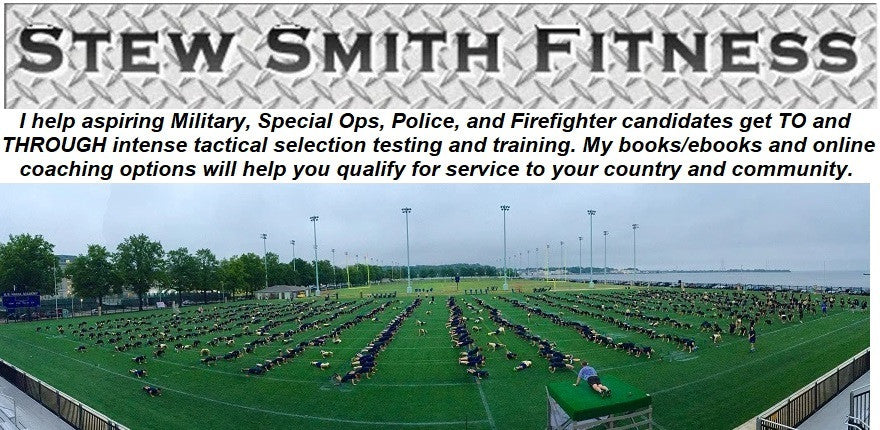This week my brother-in-law got a check up as he nears his 40th birthday and was alarmed with elevated cholesterol scores. Knowing he is not the healthiest eater and chooses to get his exercise by playing sports (basketball, volleyball, etc), he asked me what he should eat / not eat and do for better exercise.
It is important to know and understand your cholesterol scores as well as know the difference between HDL, LDL, and triglycerides as high cholesterol has long been proven to lead to heart disease, the number one killer in the US. As defined by the National Institute of Health (NIH), cholesterol is “a soft, waxy substance. It is made in sufficient quantity by the body for normal body function, including the manufacture of hormones, bile acid, and vitamin D. It is present in all parts of the body, including the nervous system, muscle, skin, liver, intestines, heart, etc.”
Your SCORES Include:
Low density lipoprotein (LDL) – These protein packages carry the “BAD” cholesterol that actually can build up within your arteries and lead to heart attack and stroke. Keep this level under 100 mg/dL for an optimal score.
High density lipoprotein (HDL) – This is the “GOOD” cholesterol that you want to be higher as it carries the LDL / cholesterol to the liver to be metabolized. The lower the HDL number the more likely your LDL and triglycerides are not getting metabolized properly. Keep this level above 60 mg/dL.
Total Cholesterol – A score under 200 mg/dL is ideal and anything above 230-240 requires immediate efforts to decrease.
Triglycerides – This score is just fat that float around in your blood. Keep this number less than 150 mg/dL as triglycerides lead to the same issues as LDLs. Along with cholesterol, the body needs triglycerides for energy, but increased levels are detrimental to your health.
Here is a list of what to do to lower LDL and raise HDL:
Eat a healthy diet low in saturated fats and cholesterol
Start to exercise more to burn fat
Lose weight
Take medication if needed
I can help you with the first three ways to lower cholesterol but a doctor will have to give you recommendations on what medicines work the best for you. However, in most people a healthy diet, fitness, and loss in weight will help but in some cases medication is needed. Warning – some of these medications can cause weight gain / water retention and other side effects, so keep careful watch over any symptoms that may occur when on medication for high cholesterol. With your doctor, find the one that works right for you.
People are different and respond differently to methods of reducing cholesterol scores. Some will need a medication right away, but we all need to eat better and exercise. NOTE – If you have a family history of high cholesterol – start working today to keep it low!
What to Eat / Not Eat:
According to the National Institute of Health, foods lower in cholesterol, saturated fat, and higher in complex carbohydrates and fiber can help you better fight higher LDLs. Here is a list of DO’s / DON’Ts - though it is not a complete list:
Skim Milk Whole Milk
Fish (tuna / salmon) Red Meat (or trim fat)
Lean meat / beef fatty meats / organ meat
Bread, pasta butter, fatty sauces on foods
Fruits / Vegetables (raw/steamed) Fatty foods / processed sugar
Rice Fried Rice
Potatoes French Fries
Oat, barley, bran, nuts Granola
Vegetable / olive oil Shortening / Lard
Yogurt Sour Cream
READ LABELS TO SEE:
Polyunsaturated fats Saturated fats in meat
Monounsaturated fats Saturated fats in coconut, palm oil, etc
Omega 3 Trans fatty acids
“Hydrogenated” anything
Fitness to Burn Fat / Lose Weight:
Fitness has multiple benefits to include decreasing tryglicerides, chances of diabetes, heart disease, blood pressure, strengthening bones and muscles, and increasing HDL. A basic plan of walking more is the number one method of burning fat for most people. If you can add in weights, calisthenics, stretching, or some other resistance training to build / firm muscles, you can increase your fat burning metabolism further than cardio vascular activity alone.
See articles in the StewSmith.com Fitness Center for more ideas on cardio and other workouts but click the links below for a FREE download of the 45 Day Plan and Lower back Plan to help with your transition from inactive to active.
For best results the order of your workout helps you burn more fat. Do your weights, bodyweight exercises, fast running or cardio first to burn blood sugar (glycogen) for about 20-30 minutes then do a lower intensity cardio of walking, jogging, swimming, biking at a steady pace to burn more stored fat.
Cholesterol is no joke! It is made in the body and needed in the body for vital functions, however if you add too much fatty foods into your body it upsets the natural balance and gets stored in our blood circulatory system – clogging it and causing fatal problems.
I hope this helps you as well as my brother-in-law focus on good habits and getting rid or limiting bad habits. Feel free to email me anytime at stew@stewsmith.com
Thanks for the e-mails.
